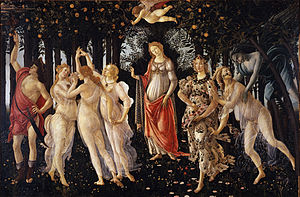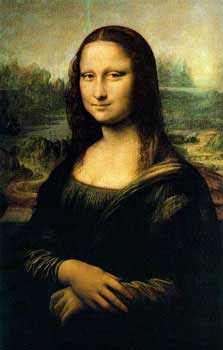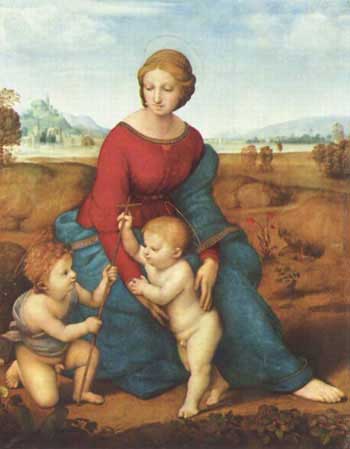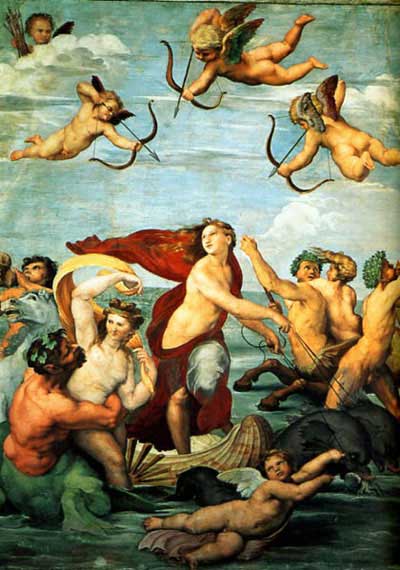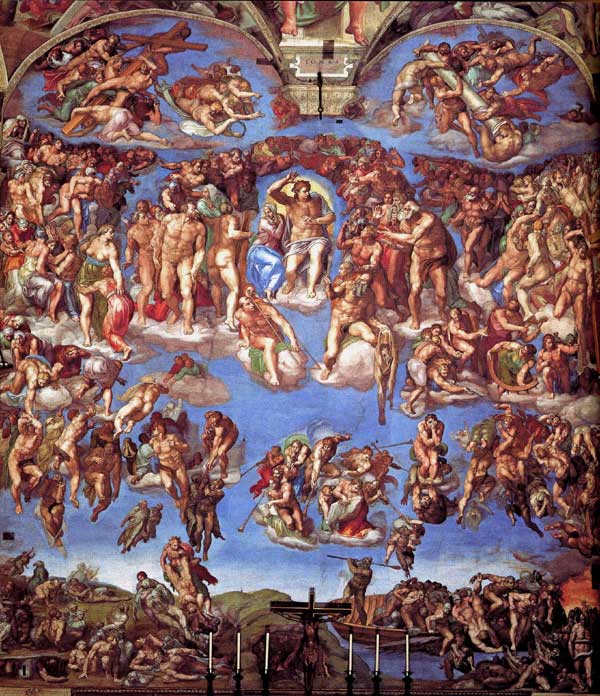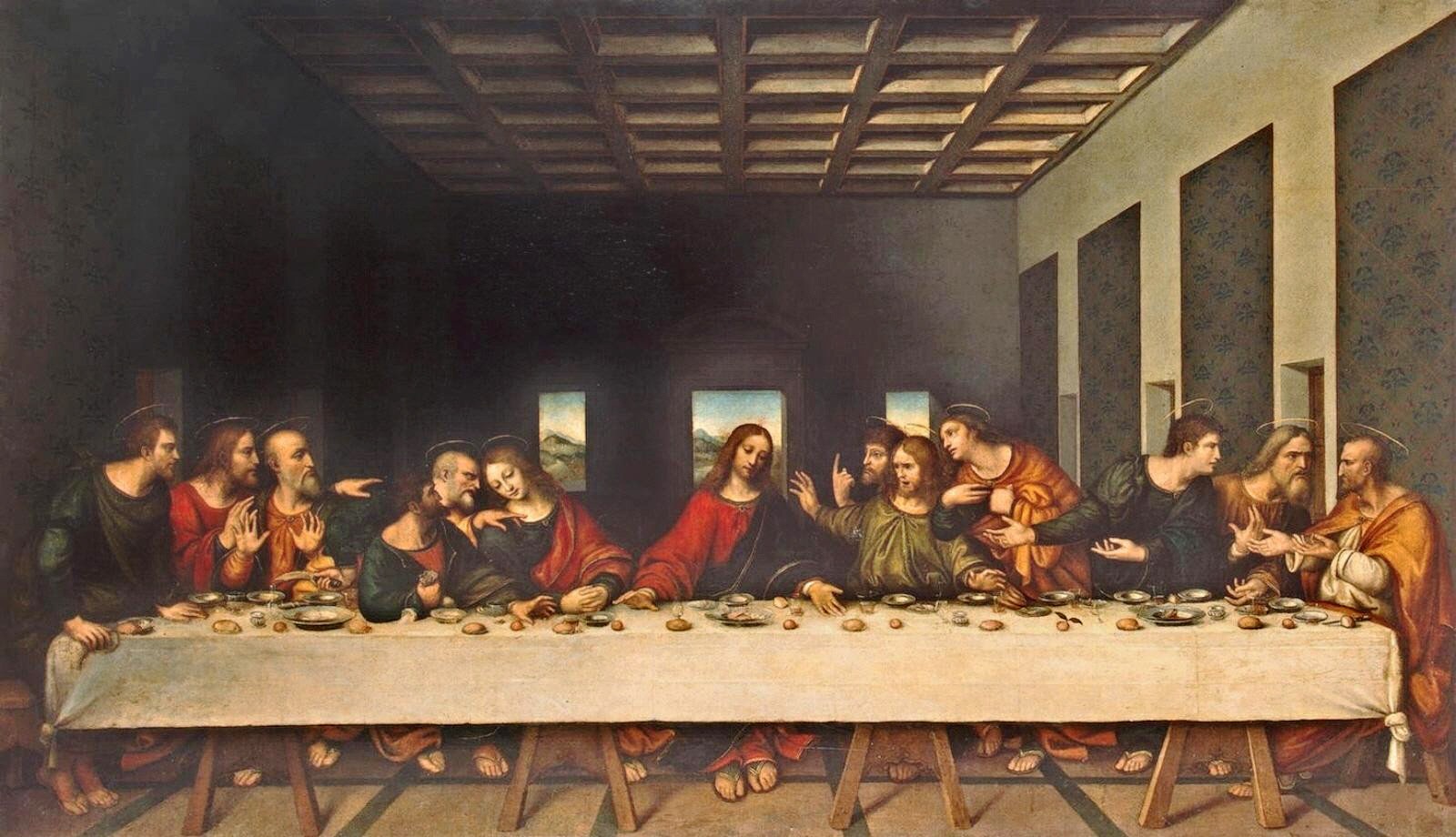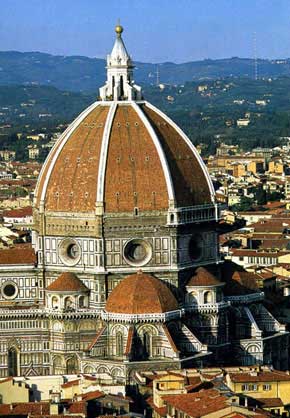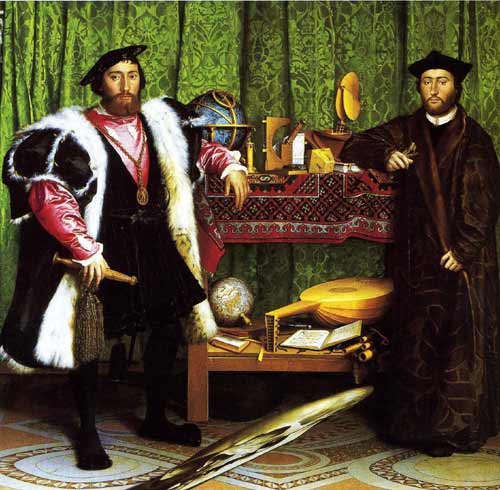Sandro Botticelli was born in 1445 in Florence, Italy. He became an apprentice at the age of fourteen to Fra Filippo. So he had a larger education than most of the other artists. In 1470, Sandro Botticelli created his own workshops. In 1482, Botticello created a picture called Primavera. Most of the history of this photo is unknown. What is known is that the painting had been commissioned by a member of the Medici family.
This painting is based off the love of spring and nature through mythology. The significance of this photo is that it is one of the first painting’s of the renaissance. This painting represents the end of the middle ages and the beginning of the renaissance. Each of the characters in this painting represent a god or goddess. Also, Mercury, messenger of the gods, symbolizes protection. The reason why is because in the picture he is inspecting the garden and preventing intruders from coming in. A technique used in this painting is perspective. The trees in this picture look like they are at different distances than one another. This makes a viewer focus more on the gods than the scenery. This painting is created beautifully. It shows the love of nature that some people have. The details are so precise and that helps the painting look more realistic.
